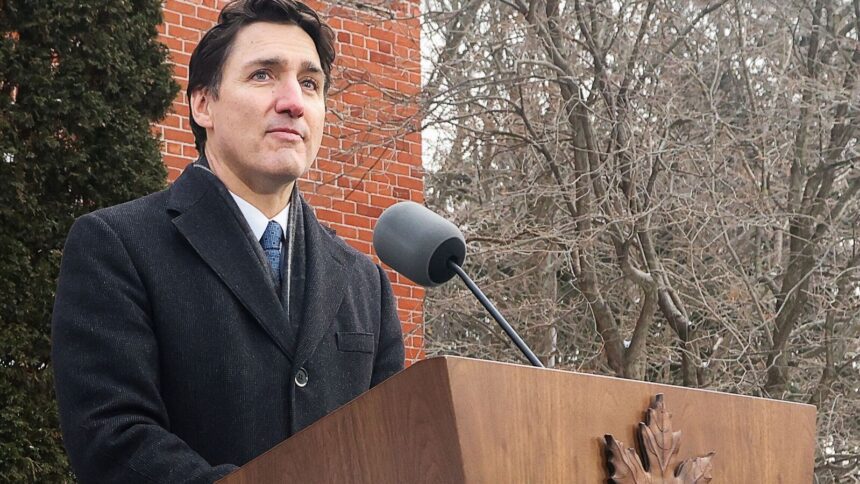The Recent Resignation of Justin Trudeau and the Prorogation of Canadian Parliament: A Deep Dive
On January 6, 2024, Justin Trudeau, the Prime Minister of Canada and leader of the Liberal Party, made headlines by announcing his resignation after three terms in office. This unexpected decision has raised questions about the future of Canadian politics, particularly as it coincides with his request to the Governor General, Mary Simon, to prorogue Parliament until March 24. This blog post aims to dissect the implications of Trudeau’s resignation and the prorogation of Parliament, exploring the context, consequences, and historical background of these political maneuvers.
Understanding Prorogation: What Does It Mean?
Prorogation is a formal procedure that marks the end of a parliamentary session. During this period, all parliamentary proceedings are halted, and Members of Parliament (MPs) are sent home until Parliament reconvenes. No bills can be debated or passed during prorogation, meaning that any legislation not signed into law will need to be reintroduced in the next session. Trudeau’s move to prorogue Parliament has effectively paused all legislative activities until the end of March, allowing for a reset before a new legislative session begins.
Purpose of Prorogation
Governments often use prorogation to regroup and refresh their agendas. It allows them time to reassess priorities, introduce new policies, and prepare for the upcoming challenges. In Trudeau’s case, it gives his party time to conduct a leadership race, as internal struggles have escalated leading up to his resignation.
Prorogation vs. Dissolution
It is crucial to differentiate between prorogation and dissolution. While prorogation temporarily halts parliamentary functions, MPs retain their seats and can still engage with their constituents. Conversely, dissolution ends a parliamentary session entirely and leads to an election.
Why Did Justin Trudeau Resign?
In his resignation speech, Trudeau expressed his emotional struggle, acknowledging that internal party battles made it untenable for him to lead during the next elections. He emphasized his commitment to the well-being of democracy and Canadians, stating that while he does not easily back down from challenges, he believes this move is in the best interest of the country and the Liberal Party.
Political analysts are divided on this decision. Kathy Brock, a political expert, voiced concerns that Trudeau’s strategy might backfire, suggesting that Canadians are tired of political maneuvers and are craving stability and resolution.
The Historical Context of Prorogation in Canada
Prorogation has been utilized as a political tool in Canada since the nation’s confederation in 1867. Historically, it has allowed governments to sidestep political turmoil. Notably, Prime Minister Sir John A. Macdonald prorogued Parliament in 1873 to avoid a committee investigation into corruption allegations. More recently, Trudeau himself prorogued Parliament in August 2020 amidst the WE Charity scandal, a move that faced fierce criticism from the opposition.
The Path Forward: What’s Next for Parliament?
With Parliament set to resume on March 24, Canadians are left in suspense regarding the implications of Trudeau’s resignation and the subsequent Liberal leadership race. The future legislative agenda remains unclear until a new leader emerges and presents a fresh vision and priorities for the party.
In conclusion, the resignation of Justin Trudeau and his call for prorogation mark significant shifts in the Canadian political landscape. As the Liberal Party prepares for new leadership, the country watches closely, anticipating how these changes will shape the future of governance in Canada.










